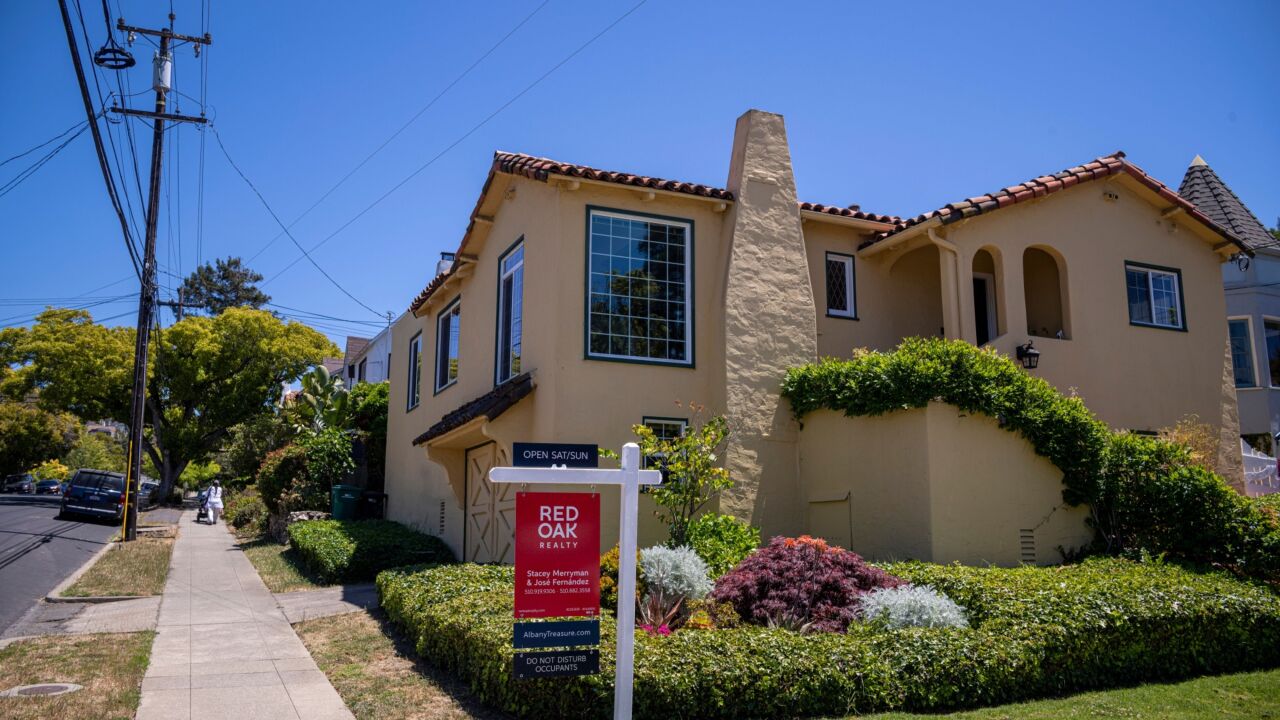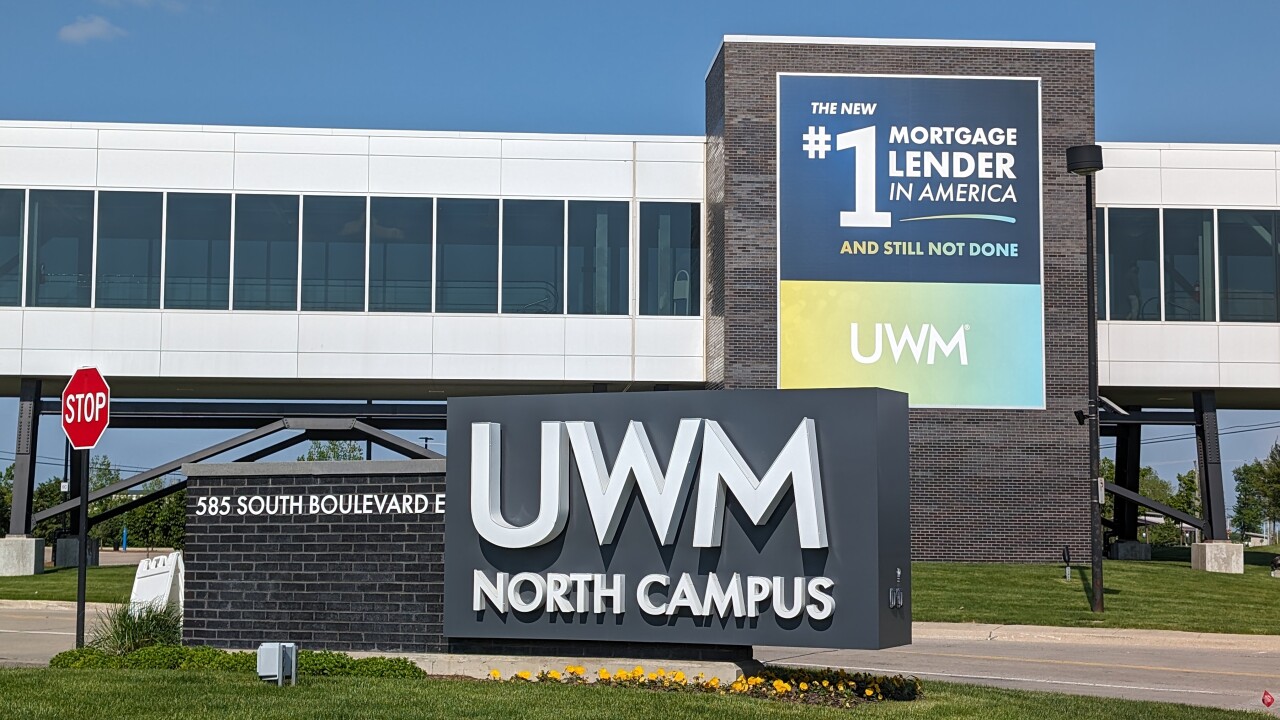The government-sponsored enterprises' guarantee fee pricing last year kept the playing field fairly level for different-sized lenders.
Extra-small lenders below the top 100 range on average paid 2 basis points less last year than top-five lenders in total g-fees, according to the Federal Housing Finance Agency's annual report on single-family g-fees.

This helped to maintain
The percentage of the market held by different-sized lenders barely changed last year, with the top 16-25 lenders picking up a 1% share of GSE business at the expense of top-five lenders and the lenders that rank in the top 26-100 tier.
The top 5 lenders still are responsible for the largest share of loans sold to Fannie and Freddie at 31%, followed by the top 26-100 lenders at 23% and the top 6-15 lenders at 19%. Extra-small lenders held a 17% market share last year and lenders in the 16-25 tier represented 10% of the market.
Overall, the average single-family guarantee fee fell in 2016 by 2 basis points from 59 basis points to 57 basis points, according to the FHFA report.

"The decline in fees was due to competitive pressures between the enterprises, and less because of changes in the product type mix from 2015," the FHFA found.
The reduction in the g-fee last year reversed a 2-basis-point
The upfront portion of the guarantee fee based on the credit risk attributes like credit scores and loan-to-value ratios remained unchanged at 16 basis points.
The ongoing part of the g-fee based on product attributes, such as whether a loan is an adjustable- or fixed-rate mortgage, fell to 40 basis points from 42 basis points in 2016.





